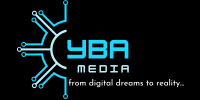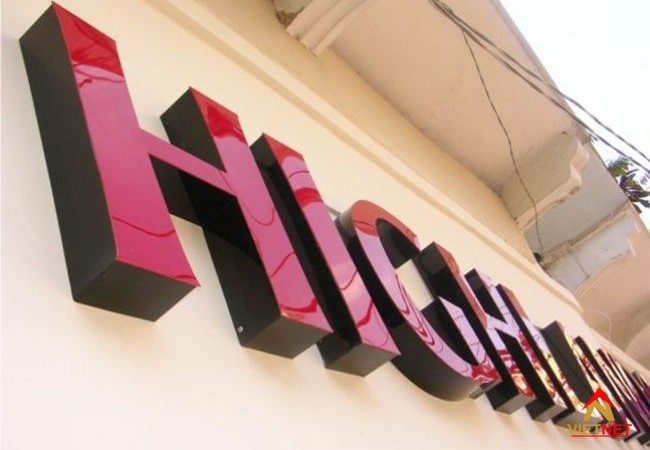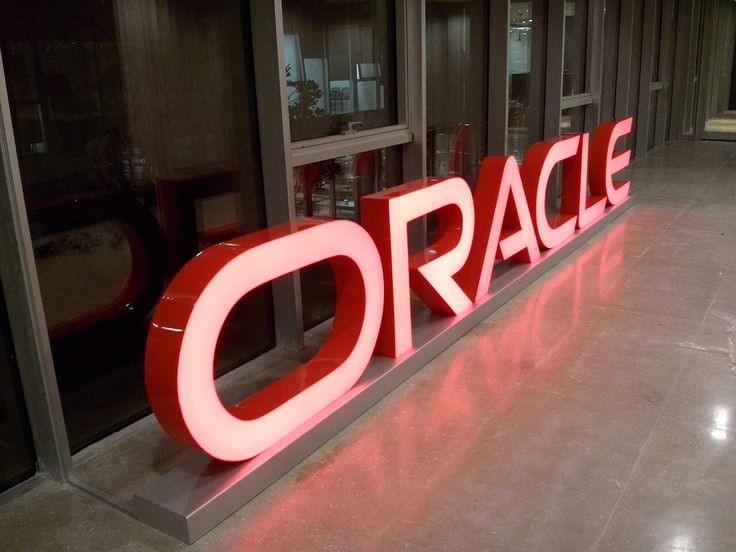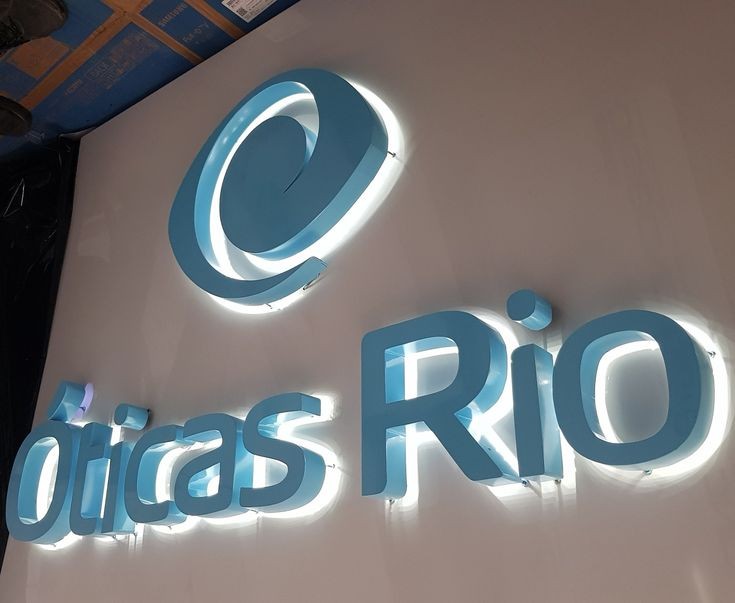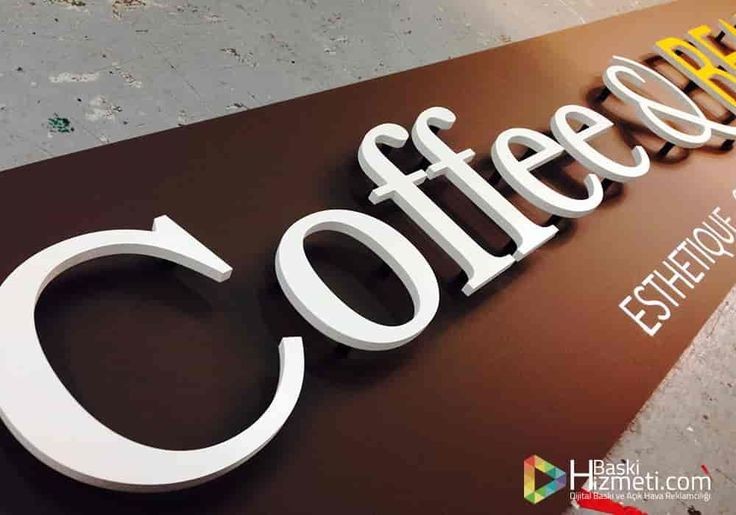A logo is the face of a brand, often serving as the first impression for customers. In a market crowded with visual noise, a 3D logo offers a unique way for brands to stand out. Unlike traditional flat logos, 3D logos incorporate depth, dimension, and realistic effects that make them visually engaging and memorable. The Purpose of a 3D Logo: Why Brands Choose Depth and Dimension for Lasting Impact
This article explores the purpose of a 3D logo, highlighting how adding dimension can enhance brand recognition, reinforce identity, and foster a lasting connection with audiences.
Enhanced Visual Appeal and Engagement
One of the primary purposes of a 3D logo is to capture attention through enhanced visual appeal. The added depth and realism of a 3D logo make it more engaging than a traditional 2D logo, creating a sense of movement and life that flat designs often lack.
Increased Depth and Realism
A 3D logo can use light, shadow, texture, and gradients to create a lifelike quality that engages viewers and feels more tangible.
The ability to simulate materials such as metal, glass, or wood can give the logo a realistic touch, making it feel like a crafted piece instead of a simple graphic.
Stand-Out Factor
In a competitive marketplace, a brand needs to capture attention instantly. A 3D logo draws the eye due to its layered and textured nature, making it more noticeable on digital and physical platforms.
For companies that rely on visual impact—such as entertainment, fashion, or tech—a 3D logo can serve as a differentiator that reinforces their innovative image.
Memorability
Humans are drawn to visually interesting objects, and the distinctive look of a 3D logo makes it easier for customers to remember. This memorability is essential for brand recall, encouraging customers to think of the brand first when they need relevant products or services.
Reinforcement of Brand Identity
3D logos add another layer to brand identity by reflecting a brand’s values, industry, and personality more vividly than 2D logos. By incorporating dimensional effects, brands can convey messages about their approach, level of sophistication, and commitment to quality.
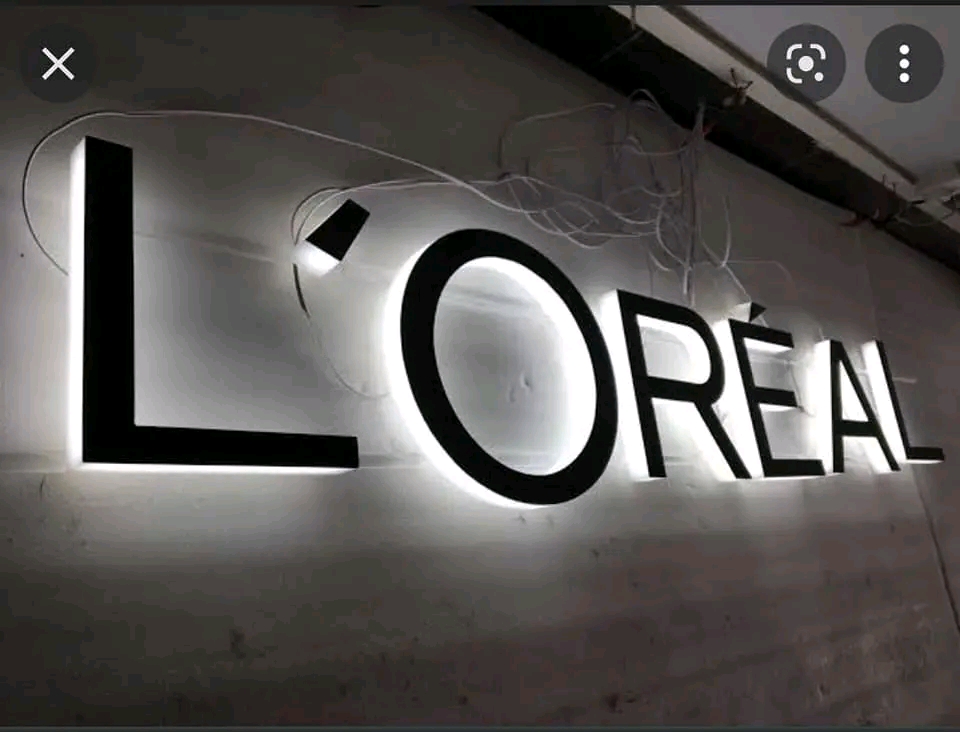

Symbolism and Storytelling
With added dimensions, a 3D logo can tell a story, incorporating design elements that represent brand values or mission. For example, a technology company may choose a metallic 3D logo with sharp edges to symbolize precision and innovation, while a wellness brand might use a softer, rounded 3D logo with natural textures to convey warmth and harmony.
Perception of Modernity and Innovation
Brands that adopt 3D logos often want to project an image of forward-thinking and creativity. The 3D look is especially popular with tech-focused, creative, or luxury brands because it aligns with qualities of modernity and sophistication. A polished, dimensional logo can convey that a brand is up-to-date with current trends, positioning it as an innovative leader in its industry.
Reflecting Industry Relevance
3D logos can also serve to highlight industry relevance. For instance, an architectural firm may choose a 3D logo with structured layers to represent building design, while a game development company might go for a dynamic, vibrant 3D logo to reflect its engaging digital content. The Purpose of a 3D Logo: Why Brands Choose Depth and Dimension for Lasting Impact
A brand’s logo style is often tied to its industry, and a 3D logo can more accurately reflect the nature of the business.
Flexibility Across Digital Platforms
In today’s digital world, a 3D logo offers versatility and flexibility, adapting well to a variety of platforms and formats. With the rise of virtual spaces, augmented reality (AR), and interactive websites, 3D logos offer a dynamic experience that flat logos cannot achieve.
Compatibility with Modern Digital Formats
A 3D logo is particularly suitable for digital media, where depth and movement can be showcased effectively.
On websites, social media, or video content, 3D logos can be animated or interactive, adding an extra layer of engagement for viewers. This adaptability to digital formats can help a brand build a more immersive, tech-savvy presence.
Augmented Reality and Virtual Branding
With the growing popularity of augmented reality (AR) and virtual reality (VR), 3D logos have found a new space to thrive. For example, brands can use 3D logos in AR applications, allowing users to interact with their brand identity in real time.
This added engagement can enhance brand experience, making interactions more memorable and engaging.
Dynamic Use in Video and Animation
3D logos shine in video content, where the depth and movement come alive. Adding animated effects like rotation, scaling, or lighting changes can create an even more engaging visual for brand intros, advertisements, or social media videos.
A 3D logo’s dynamism makes it suitable for the expanding realm of motion graphics, a popular choice for brands seeking a modern, cutting-edge image.
Increased Versatility for Physical Applications
A 3D logo is not only effective in the digital space but also adaptable to physical forms, such as signage, merchandise, and packaging.
With its dimensional design, a 3D logo can seamlessly transition to physical applications, helping reinforce a brand’s identity across multiple touchpoints.
Signage and Branding Displays
3D logos are highly effective for physical branding in the form of signage and displays. Many businesses use 3D signage to make their storefronts more visually striking, capturing customer attention and creating an immediate brand association. With dimensional logos, brands can utilize materials like metal, wood, or acrylic to create a robust, tactile representation of their brand.
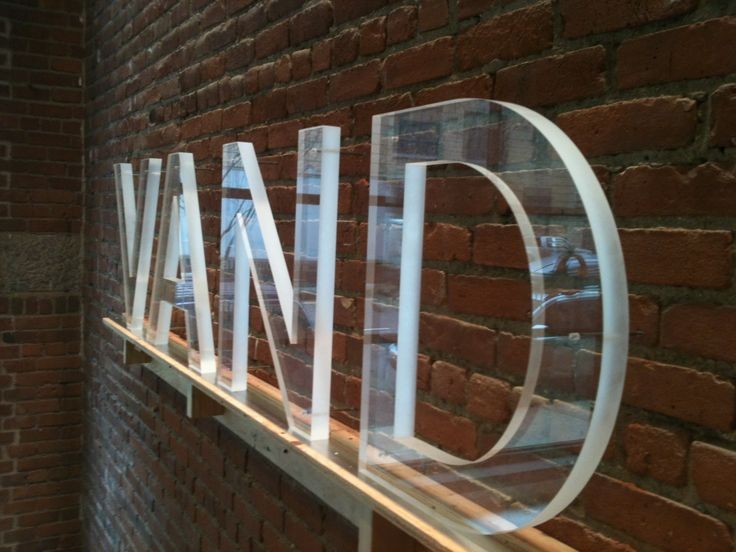
Merchandise and Product Packaging
A 3D logo can enhance the appearance of branded merchandise, including items like hats, mugs, or packaging. The added dimension can make products more appealing, giving customers a premium feel.
Packaging that features a 3D logo can also add a level of sophistication to a product, positioning it as higher-end in the consumer’s mind.
Trade Shows and Exhibitions
Trade shows are competitive environments where brands need to stand out visually. A 3D logo, whether on banners, booths, or promotional materials, can help a brand make a memorable impression.
The dimensionality of a 3D logo creates a professional and engaging look that captures attention and draws potential clients or customers in.z
Enhanced Branding for Improved Customer Connection
A 3D logo can evoke emotional responses and enhance a brand’s ability to connect with customers on a deeper level. By using 3D effects, brands can achieve a realistic and relatable logo that feels both authentic and inviting.
Creating an Emotional Impact
3D logos add warmth and realism, allowing for stronger emotional connections. A well-designed 3D logo with inviting colors, textures, and lighting can make a brand feel more approachable, leaving a lasting impact on viewers.
Fostering Brand Loyalty
A memorable logo encourages customers to feel a sense of loyalty toward a brand. When a 3D logo is consistently used across multiple platforms, it reinforces brand recognition and familiarity. Over time, this consistency helps build a loyal customer base that feels connected to the brand and its identity.
Strengthening Brand Perception and Value
A premium-looking 3D logo can elevate a brand’s perception in the eyes of its audience, positioning it as high-quality, reliable, and forward-thinking.
Customers often associate well-crafted, professional logos with brand quality, and a dimensional logo can enhance that perception, adding value to the brand.
Practical Considerations for Implementing a 3D Logo
When designing a 3D logo, it’s essential to consider factors like style consistency, scalability, and versatility across various applications. Here are some key considerations:
Consistency with Brand Identity
A 3D logo should align with the brand’s overall identity and values. It’s important to choose styles, textures, and colors that fit seamlessly with the brand’s personality, ensuring that the logo complements other visual elements and messaging.
Scalability for Different Uses
A 3D logo needs to be scalable to suit different platforms and sizes without losing quality.
Ensuring the logo works in both large-scale formats (like signage) and smaller formats (such as mobile screens or business cards) is essential for a cohesive brand image.
Optimization for Digital and Print Media
A 3D logo should be versatile enough to work across both digital and print media. Designers often create different versions of the logo, such as simplified or monochromatic options, to ensure it looks great regardless of the medium.
Conclusion
The purpose of a 3D logo goes beyond just adding depth to a brand’s visual identity. With enhanced realism, dynamic flexibility, and versatility across platforms, a 3D logo allows brands to stand out, reinforce their identity, and connect more deeply with their audiences.
By investing in a high-quality 3D logo, brands can establish themselves as modern, memorable, and innovative, strengthening customer perception and loyalty.
Whether displayed on digital media, physical signage, or product packaging, a 3D logo serves as a powerful tool that brings brand identity to life, making it a valuable asset in today’s competitive market. The Purpose of a 3D Logo: Why Brands Choose Depth and Dimension for Lasting Impact
